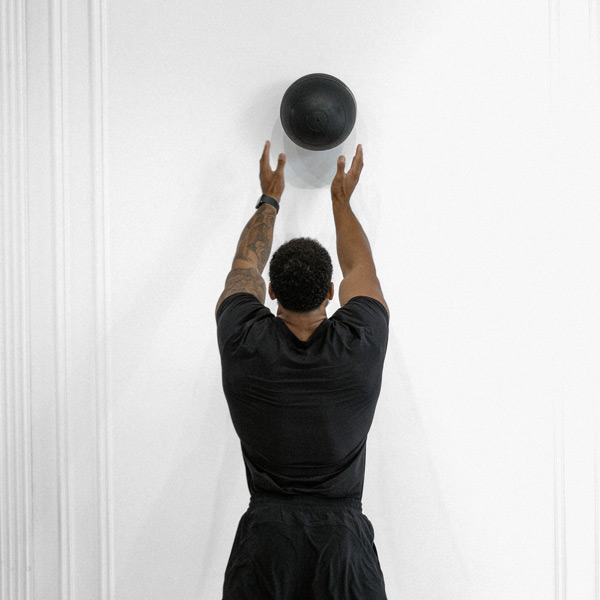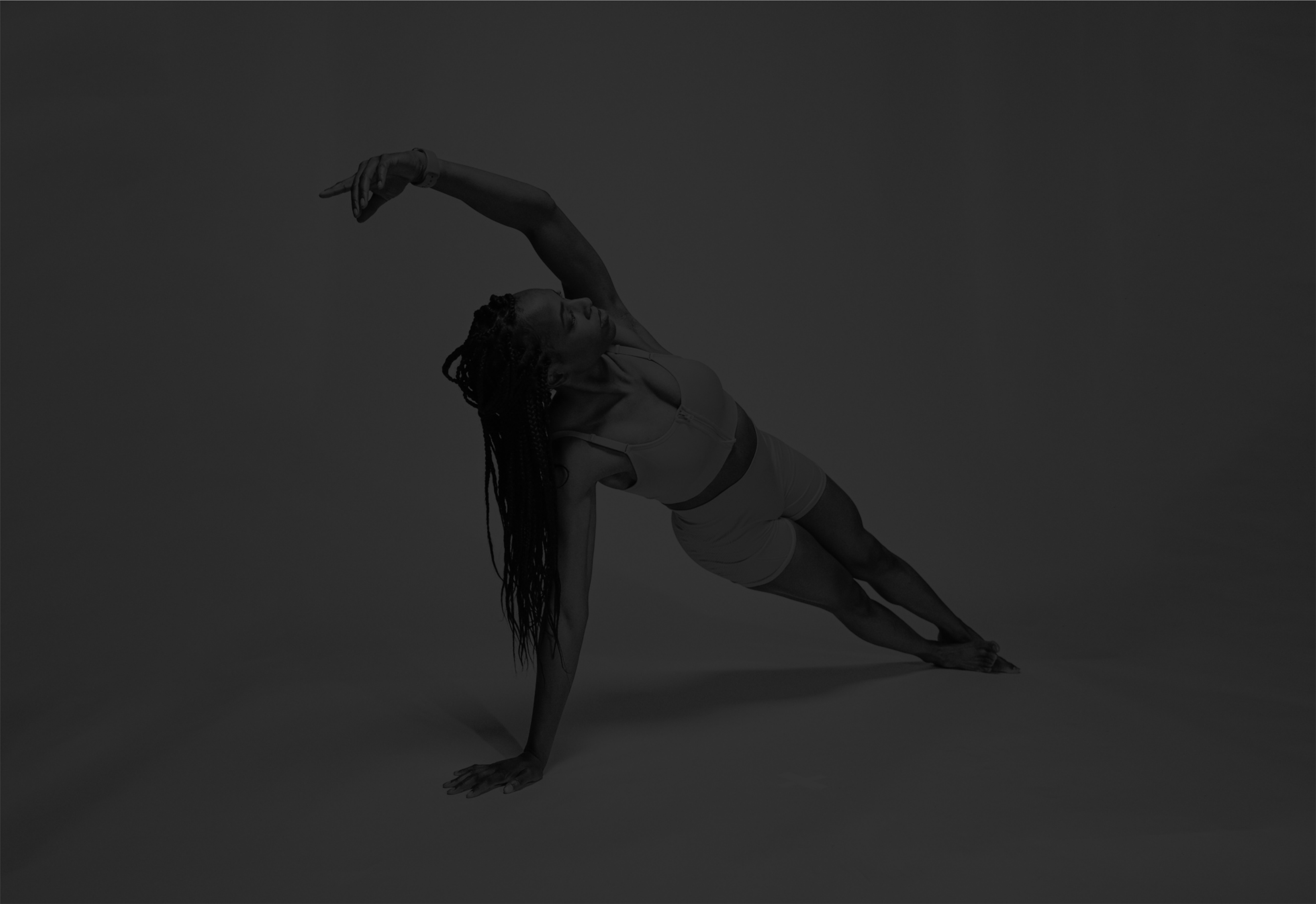Medicine Ball Lunge
A lunge variation holding a medicine ball at chest height that targets quads, hamstrings, and glutes to build lower body strength, core stability, and balance; commonly used for coordination and endurance.
About Exercise
Equipment
Medicine Ball
Difficulty
3/5 • Intermediate
Primary Muscle Groups
Quads, Glutes, Hamstrings
Secondary Muscles
Abs, Calves, Obliques, Lower Back
Popularity Score
7
Goals
Training Style
Setup Requirements
Requires Rack
No
Requires Bench
No
Requires Spotter
No
Space Needed
Medium
Noise Level
Low
Muscle Breakdown
View Muscle MapQuads
9/10Rectus Femoris, Vastus Lateralis, Vastus Medialis
Glutes
9/10Glute Max, Glute Medius
Hamstrings
8/10Biceps Femoris, Semitendinosus, Semimembranosus
Abs
5/10Rectus Abdominis, Transverse Abdominis
Calves
4/10Gastrocnemius, Soleus
Obliques
4/10External Obliques
Lower Back
3/10Erector Spinae
Programming
Typical Rep Range
8-15 reps
Rest Between Sets
60-90 seconds
How to Perform
Stand tall with feet hip-width apart, holding a medicine ball at chest height with both hands and core braced.
- Step forward with one leg, keeping torso upright.
- Lower body until both knees are at 90 degrees, front thigh parallel to floor.
- Drive through front heel to return to start.
- Alternate legs for reps.
Coaching Tips
Form Cues
- Keep front knee over toes.
- Maintain upright torso.
- Brace core throughout.
- Drive through front heel.
Breathing
Inhale as you lower into the lunge; exhale as you drive up.
Tempo
2-0-2
Range of Motion
Lower until front thigh is parallel to floor and back knee nearly touches ground; fully extend hips and knees at top.
Safety
Safety Notes
- Avoid if acute knee pain.
- Ensure stable surface.
- Start with light ball.
- Stop if balance lost.
Spotting
Not typically needed; use wall for balance if beginner.
Common Mistakes
- Knee collapsing inward.
- Rushing the descent.
- Arching lower back.
- Lifting front heel.
When to Avoid
- Acute knee injuries
- Lower back strain
Flexibility Needed
- Adequate ankle dorsiflexion
- Hip mobility for lunge depth
Build Up First
- Master bodyweight lunge
- Basic balance control
Also known as
Med Ball Lunge, Medicine Ball Forward Lunge, Weighted Medicine Ball Lunge
Found this helpful?
Share your thoughts or help us improve this guide.
Similar Exercises

Medicine Ball Wall Balls

Medicine Ball
Quads

Medicine Ball Side Lunge
Medicine Ball
Quads

Medicine Ball Curtsy Lunge
Medicine Ball
Glutes

Medicine Ball Reverse Lunge
Medicine Ball
Glutes

Medicine Ball Overhead Lunge
Medicine Ball
Quads

Medicine Ball Lunge with Twist
Medicine Ball
Quads

Medicine Ball Lateral Lunge Slam
Medicine Ball
Glutes

Medicine Ball Squat
Medicine Ball
Quads

Medicine Ball Hip Thrusts
Medicine Ball
Glutes

Medicine Ball Glute Bridge
Medicine Ball
Glutes


subscribe to our newsletter
Contact Us
hello@trainfitness.aiFind Us
130 Spadina Avenue, Toronto,
Ontario, M5V 0H4, Canada
©2025 All Rights Reserved
